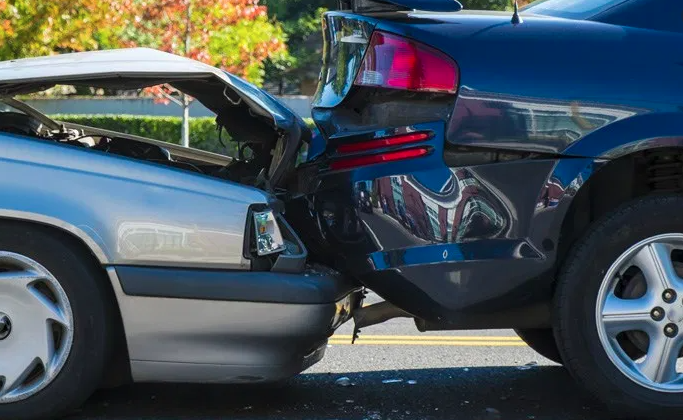
Automobile accidents happen in a variety of ways, but, without a doubt, the rear-end collision is the most prevalent. Being inattentive is the most common reason for rear-end collisions, and with the advent of the portable cell phone, drivers are even more inattentive than ever before. Indeed, there are numerous distractions that confront a driver, including other passengers, the radio, and touch screens. Still, the cell phone is by far the most common distraction.
To help prevent rear-end collisions, the driver of a vehicle must not follow another vehicle more closely than is reasonable. What is reasonable depends on the speed of the vehicles, the traffic on the roadway, and the conditions of the roadway. We should all recall the rule of staying ten feet behind for every ten miles per hour. While a driver of a following vehicle may assume that the vehicle in front is being driven with care and caution, he must drive at an appropriate speed and maintain enough space between the vehicles to enable the avoidance of a collision under reasonably anticipated circumstances. The appropriate distance must increase when distractions are present.
Because of the frequency and potential harm, the duty of a following motorist is so strong that, in the event of a rear-end collision, the law imposes a legal presumption of fault on the following motorist. The presumption of fault is considered a rebuttable presumption. In other words, a rear-ending motorist may escape liability of the collision by establishing that the unpredictable driving of the preceding motorist created a sudden emergency that the following motorist could not have reasonably anticipated. Examples would include situations where the driver of a preceding vehicle changes lanes without first determining that the move can be completed safely, or the situation of a driver entering the roadway from a private driveway or from the shoulder, without first determining that any such maneuver can be completed safely.







